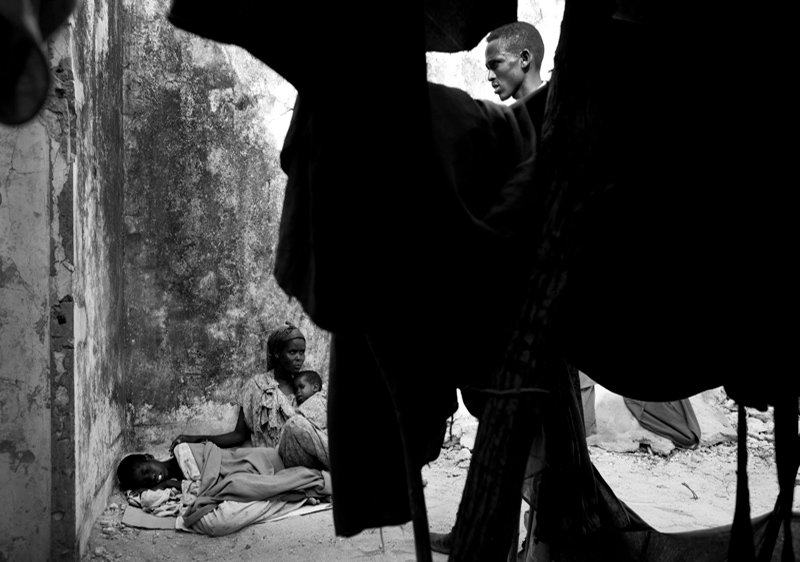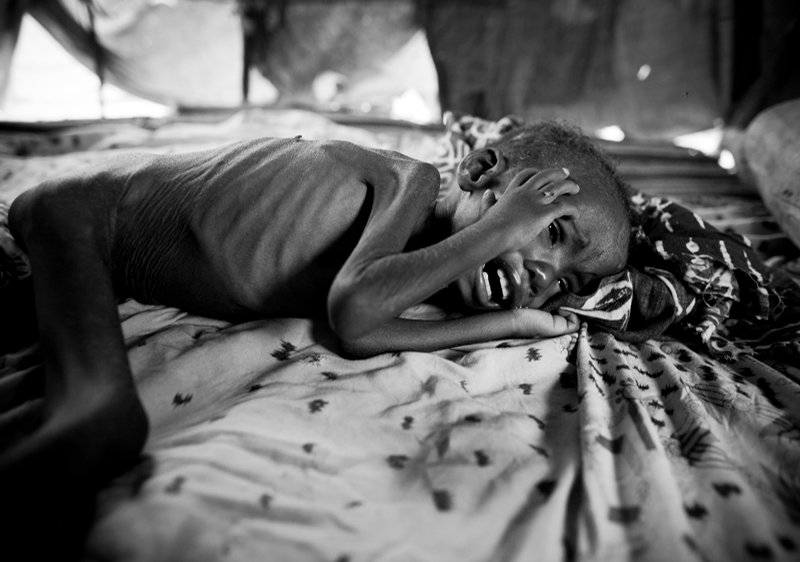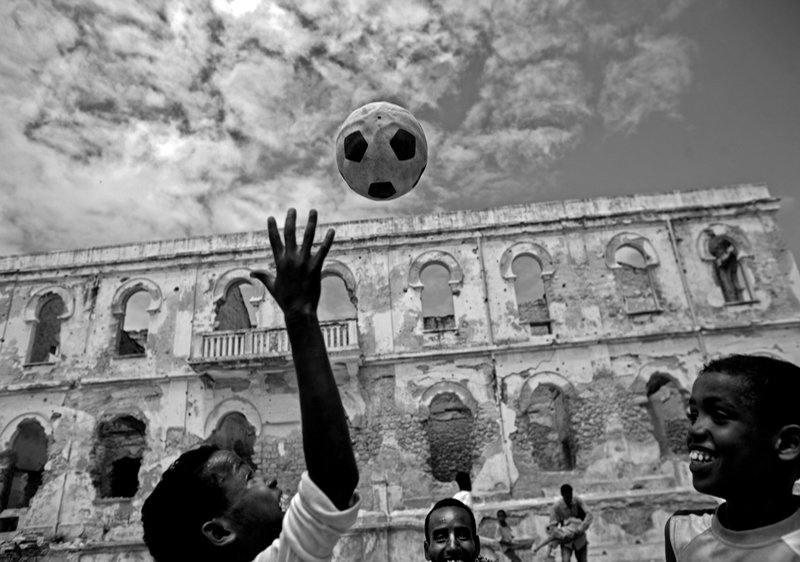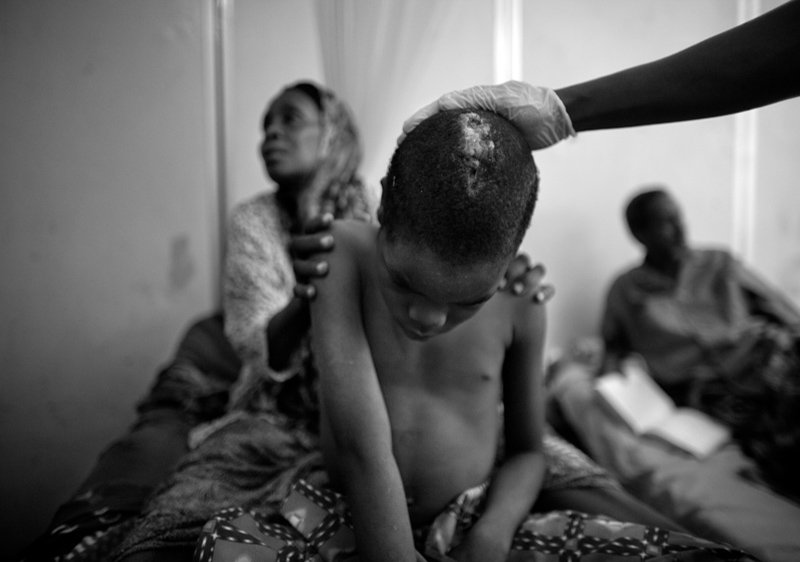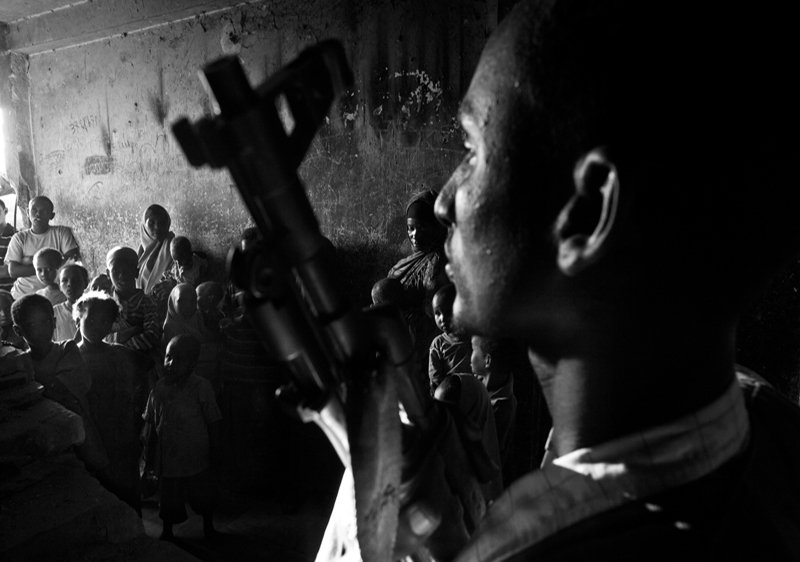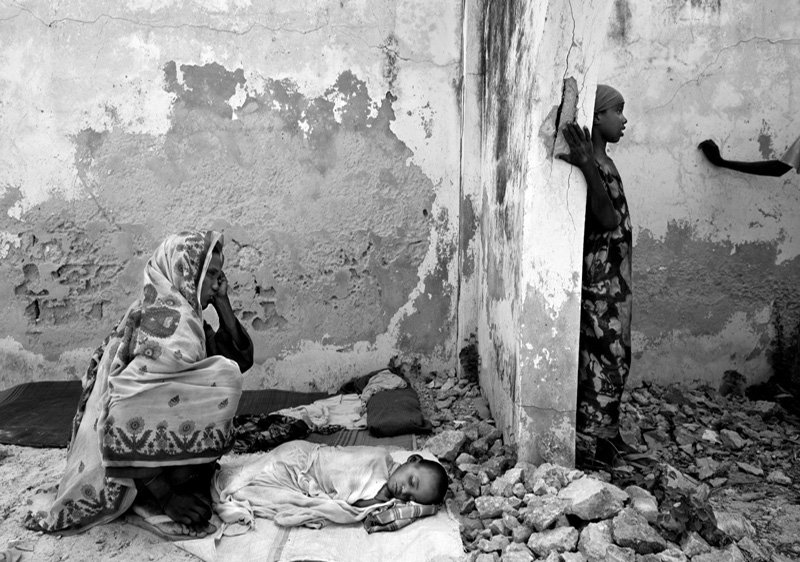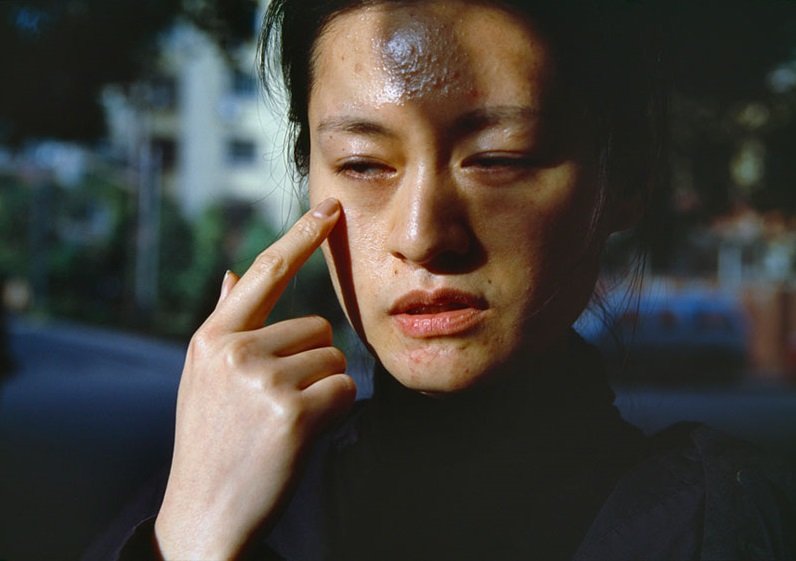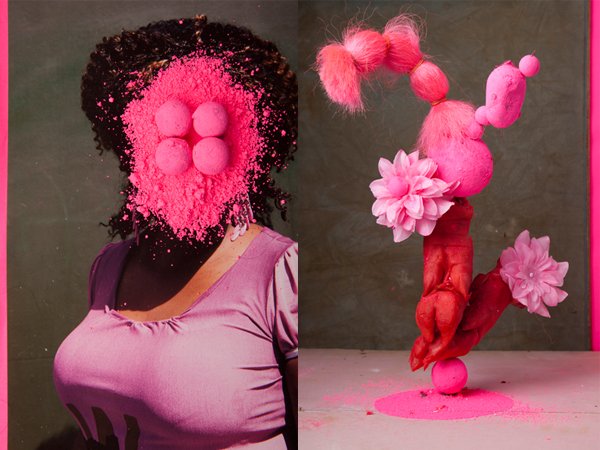Afghanistan –
Afghanistan used to be a peaceful country, popular with hippies coming from Europe and South East Asia. But things changed after the Soviet Union invaded Afghanistan in 1979. The Soviet intervention in Afghanistan left two million dead with a third of the Afghan population fleeing to Iran. By the 1980s, half of all refugees in the world were Afghan, and a jihad was called against the godless Russians. Resistance groups from, the moderate Mujahideen to more radical groups like the Taliban and Hekmatyar with funding from U.S.A and Saudi Arabia, poured into country.

Afghan children are playing in Nadery Hill.
The Russians left the country in 1988, in a state of civil war. The Taliban supported by Pakistan seized Kabul in 1996 and established the Islamic Emirate of Afghanistan. After the September 11 attacks, the Taliban refused to hand over Osama Bin Laden to the U.S. citing the rules of Afghan hospitality. As a result the U.S. attacked Afghanistan and huge attention was paid to countries with assistance pledged by international donors.

A US marine, at the military base in Garmsir, displays a tattoo on his chest depicting two crossed
pistols. at the base in Garmsir.
Many Afghans returned to the country with the hope of seeing a better future. A fitful peace returned to the country but America soon became bored with Afghanistan and diverted its efforts and money toward a new adventure in Iraq. In 2006, growing insurgency resulted in widespread battles in the Helmand and Kandahar provinces. Suicide bombs, previously unknown in Afghanistan were imported from Iraq. The Taliban, now funded by opium revenues, expanded their threats with attacks on foreign and Afghan soldiers, and normal people, establishing road mines. With an increasing number of Taliban militants in the Afghan military there are new threats from inside the Afghan military.
 Afghan girls attend their Quran study sessions at the Islami religious school in Herat, Afghanistan
Afghan girls attend their Quran study sessions at the Islami religious school in Herat, Afghanistan
Corruption and poverty remain high in Afghanistan and is one of the main reasons for the Talibanisation in the country. Taliban ideology is still being taught in their madrasas among children and teenagers. Drug addiction among men is high and results in unemployment. This creates a vicious cycle, causing their wives to beg so that they can give their children something to eat. The same fate has befallen widows of men who died in the years of war, or who have become victims of landmines. Many families sell their young daughters to old men. As a result many of these girls self-immolate themselves after forced marriage.

The wedding party of a 22 year old Afghan guy around Kabul.
The UN mine information network estimates that there are 62 people killed or injured every month due to landmines in Afghanistan. Acid spraying, imported from Taliban in Pakistan is on the rise too. An increasing number of Afghans have been victims of bombings, road mines and suicide attacks. To top it all, there is insufficient medical and rehabilitation infrastructure for the survivors. So, many survivors still suffer badly both mentally and physically from effects of the everyday war in Afghanistan. Psychiatric hospitals are already full in Afghanistan.

Afghan men working at a coal-mine in Herat province western Afghanistan on 10 March 2010. According to media reports, Afghanistan has nearly 1 trillion dollars in untouched mineral deposits including lithium, iron, copper, cobalt and gold, referring to US government estimates. The deposits could turn Afghanistan into one of the most important mining centres in the world. However, with almost no mining industry infrastructure in place, it would take Afghanistan decades to fully exploit the mineral reserves.
With a poor education system and clan-controlled infrastructure, the help and supporting funds from Western countries are just like a drop of water on a simmering hot stone. NATO soldiers are due to leave in 2014 but with all these problems, what will happen in the future remains vague and unpredictable.
Hossein’s work is being showcased at the Chobi Mela VII in Dhaka, Bangladesh between 25th January and 5th February 2013.
Written and Photography by – Hossein Fatemi

